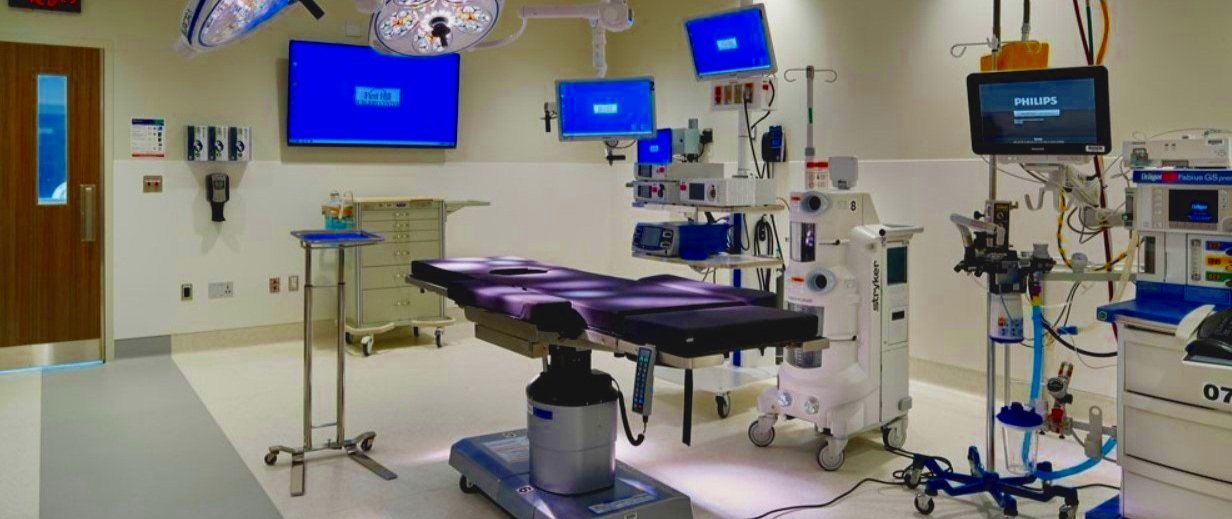
State of the Art CVOR Simulation Lab
Real-Life Simulation to Enhance Surgical Skills
-
Planning
Our head of surgical education is tasked with designing real life simulations to enhance our partners’ ability to perform at the highest of levels during a variety of planned and unforeseen operative events. Every simulation starts with planning and preparation. Simulations are often designed and planned without the participants knowledge of the ‘event’ emulating the reality of high-risk cardiovascular surgery. High-fidelity patient models combined with the surroundings of a full CVOR and staff translate into an immersive experience to learn from and apply in real life cases.
-
Perspective
All simulations are monitored and recorded with telemetry read-outs, voice transcriptions, video recording from multiple angles and provider perspectives. This type of comprehensive event monitoring provides our APPs with the ability to see exactly how each member of the team responded, what each did well, and most importantly, what each can improve upon in to enhance surgical efficacy.
-
Debrief
Each simulation concludes with a full debrief with all team members in which one of our lead APP faculty and visiting surgeon scholars where everyone will watch the video of the simulation (uninterrupted). After that, each piece of the video will be analyzed and every team member will have the chance to ask questions and receive both reactive and proactive feedback on improvement. The goal of a high-fidelity simulation is not to embarrass, but to teach in the most realistic setting possible.
Simulation Examples:
Basic Trainings:
Positioning and Draping for Open Aortic Surgery
Self-Retaining Retractor Setup for Maximum Aortic / Thoracic Exposure
Emergent Protocol for Operative Setup in advance of receiving patient en-route due to an Out-of-Hospital Aortic Dissection and AAA Rupture
Instrumentation and Operative Flow for the Surgical First and Second Assistant in Open Aortic Surgery
Maintaining Cardiovascular Support during clamshell entry for debulking / excision of large mediastinal masses
Neuro-Monitoring using MEPs, EEG or Cerebral Oxygen Sats during DHCA for Open Aortic Surgery
Advanced Trainings:
Failure to Wean from Cardiopulmonary Bypass
Acute Intraoperative Aortic Dissection
Massive Air Embolism during Cardiopulmonary Bypass
Acute Hemorrhage during Open Aortic Surgery
Intraoperative Cardiogenic Shock
Full Intraoperative Destabilization and Resuscitation


